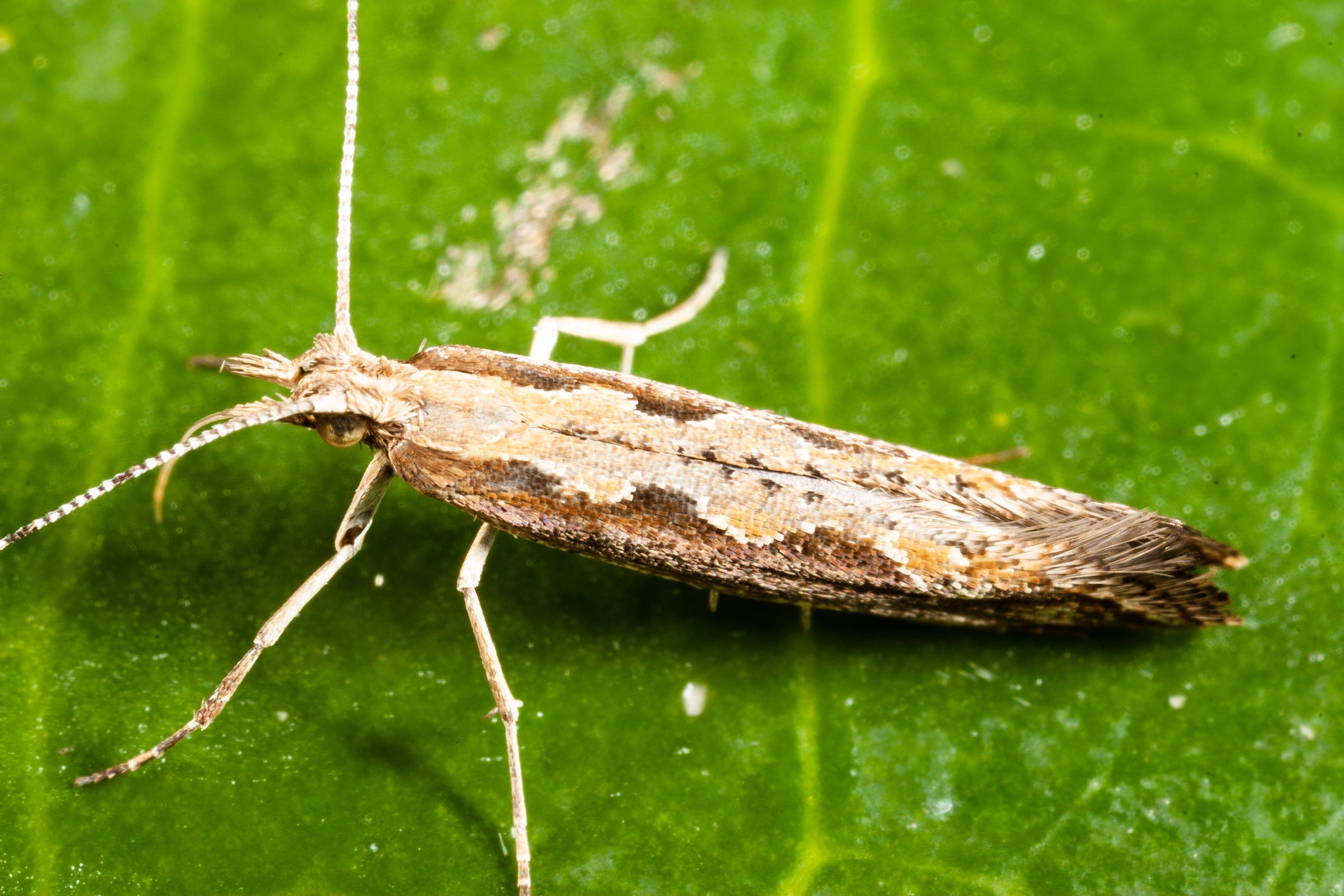
Resistance Management
Summary information on strategies to limit the evolution of resistance
What is insecticide resistance?
Insecticide resistance is when a pest population has evolved a heritable reduction in chemical sensitivity, to the point where a chemical previously used to control it is no longer effective.
Key features of resistance management
- Minimise pesticide applications by using integrated pest management and non-chemical control approaches where possible
- Avoid tank mixes and broad spectrum insecticides
- Undertake monitoring of pests and work to thresholds when available
- Target pests at susceptible stages of their lifecycles
- Always rotate mode of action and do not respray control failures with the same product or active ingredient
- Maintain unsprayed refuges to harbour non-resistant pests
Management to avoid the evolution of resistance
Integrated Pest Management (IPM)
IPM approaches combines multiple pest control methods such as crop rotation, green bridge removal, grazing management, planting resistant varieties, biological control, physical barriers, and targeted chemical interventions. IPM supports good resistance management by reducing reliance on chemicals and encouraging beneficial insects which are able to suppress resistant populations.
Monitoring to support resistance management
Monitoring helps identify changes in pest abundance, behavior, and susceptibility to insecticides. It can also help to identify beneficial insect populations that can assist in controlling pest populations. Early detection of resistance allows for timely adjustments in control strategies and the implementation of targeted interventions.
Rotate Insecticides
Avoid using the same insecticide or chemical group repeatedly. Rotate between different classes or modes of action of insecticides. This prevents the continuous selection and dominance of resistant individuals within the pest population.
Use insecticides judiciously
Apply insecticides only when necessary, based on established thresholds when available. Avoid prophylactic or calendar-based spraying, as it can promote unnecessary exposure and selection for resistance. Whilst many thresholds are not experimentally backed and require revision based on current knowledge, they can be used as indicators of when intervention is necessary.
Optimise application
Follow label instructions, use appropriate equipment, and calibrate spraying equipment to deliver the correct dosage and coverage. Proper application reduces the risk of under-dosing, which can promote resistance by allowing pests with lower sensitivity to survive and reproduce.
Managing existing resistance
Monitor and Evaluate
Continual monitoring of pest populations is crucial to assess the effectiveness of the management strategies and detect any changes in resistance levels. Regularly evaluate the success of control measures, and if necessary, adjust and adapt the strategies based on monitoring results and new research findings.
Confirm Resistance
Accurate identification and confirmation of insecticide resistance can be done through laboratory bioassays or diagnostic tests to determine the resistance levels and the specific insecticides to which the pests have developed resistance.
Modify Control Strategies
Once resistance is confirmed, it is necessary to modify control strategies accordingly. Relying solely on the ineffective insecticides will not yield satisfactory results. Shift the focus towards alternative pest management methods, such as biological control, cultural practices, and physical barriers, that are less reliant on insecticides.
Rotate Modes of Action
If alternative insecticides are still necessary, it is advisable to rotate between different modes of action. This reduces the selection pressure on the resistant individuals and allows for better control.
Don't Re-Spray Control Failures
Avoid reapplying the same product or another product from the same insecticide group to a paddock within the same season if a previous spray failure has occurred. This precaution should also be taken if a spray failure has been experienced, but the underlying cause remains unidentified.
Long-Term Planning
Develop and implement long-term resistance management plans. These plans should include a combination of strategies, regularly reviewed and updated based on new information and changing pest dynamics. A comprehensive and proactive approach ensures sustainable pest management practices in the face of existing resistance.
Management resources
Resistance management strategies will vary across regions, industries, pests, and crop types, and certain situations will require specific considerations to be effective.
There are a number of pest and crop specific guides available for use by growers and their advisors.
https://grdc.com.au/insecticide-resistance-in-the-southern-region